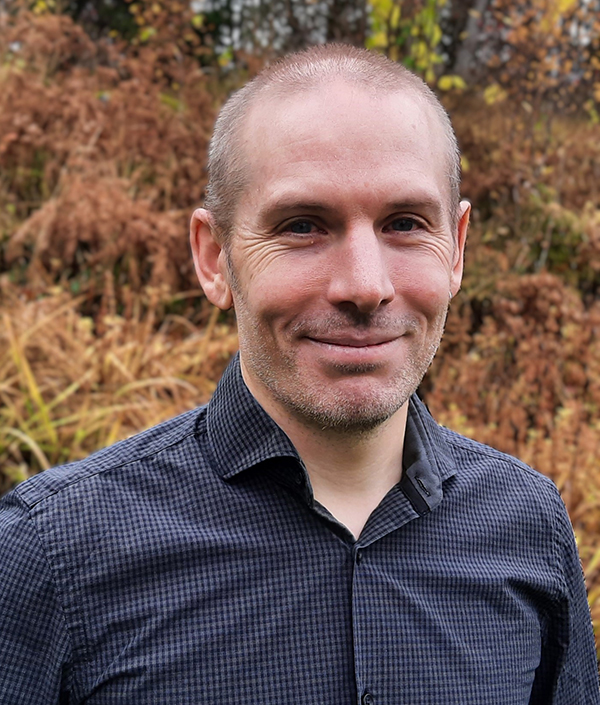KTH Royal Institute of Technology
Surface Reaction Kinetics in the Pressure Gap: Understanding Surface Structure in Catalysis
Academic project
PhD
Open
Research question
The formation of these metastable surfaces, and their influence on reactivity, are the cause of the ”pressure gap” between surface science and applied catalysis. We will achieve this understanding using a new method developed in my group, Near-Ambient Pressure Velocity Map Imaging, to measure time-resolved reaction kinetics on catalytic surfaces at elevated pressures. The real-time kinetic information we can measure with the unique instrument allows us to identify and characterize different co-existing active sites on the surface, elucidation the relationships between structure and activity. Detailed understanding of catalytic structure–activity relationships, and the influence of the surrounding environment, are essential for the development of new catalysts by rational design and computational materials discovery. New catalysts have an important role to play in the vital transition from our current oil-based economy to a sustainable circular economy based on renewable energy and materials. The demands made on these new catalysts will be greater than ever. The molecules in feedstocks from biomass or waste are more complex and more reactive than oil, increasing the needs for high selectivity and resistance to poisoning. The production, storage and use of hydrogen as an energy carrier will also require new high performance catalysts. The catalytic reactions we propose to study are simple reactions but they are also important steps in many of the processes that are needed in the future. e.g. methanol production from CO and/or CO2 and hydrogen storage via ammonia.
Sustainability aspects
The knowledge gained in the project will provide guidance on how to control and tune materials to make better catalysts and a means to test computational models, based on machine learning or artificial intelligence, that seek to predict new and unexpected materials and structures for the next generation of advanced catalysts. These novel catalysts will aim to replace the rare, expensive and energy intensive platinum group metals that currently dominate catalyst applications with smart combinations of more readily available base metals. This has advantages for sustainability in making catalysts cheaper and more available and reducing our reliance on a small number of countries, some in conflict zones, for these vital materials.

KTH Royal Institute of Technology
Daniel Harding
Associate Professor
djha@kth.se
Explore projects under the WISE program
WISE drives the development of future materials science at the international forefront. The research should lead to the development of sustainable and efficient materials to solve some of today's major challenges, primary sustainability. On this page you can read more about our research projects.
Explore projects